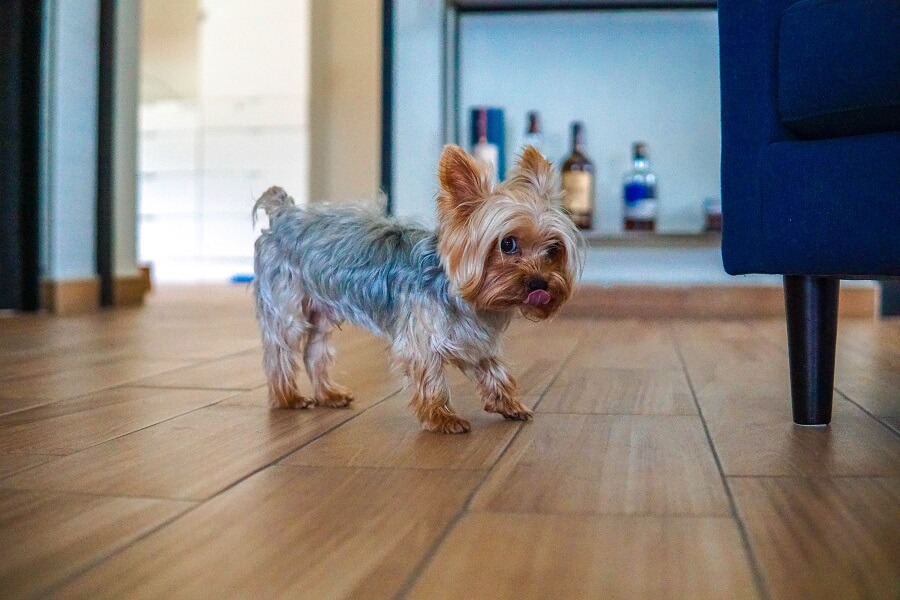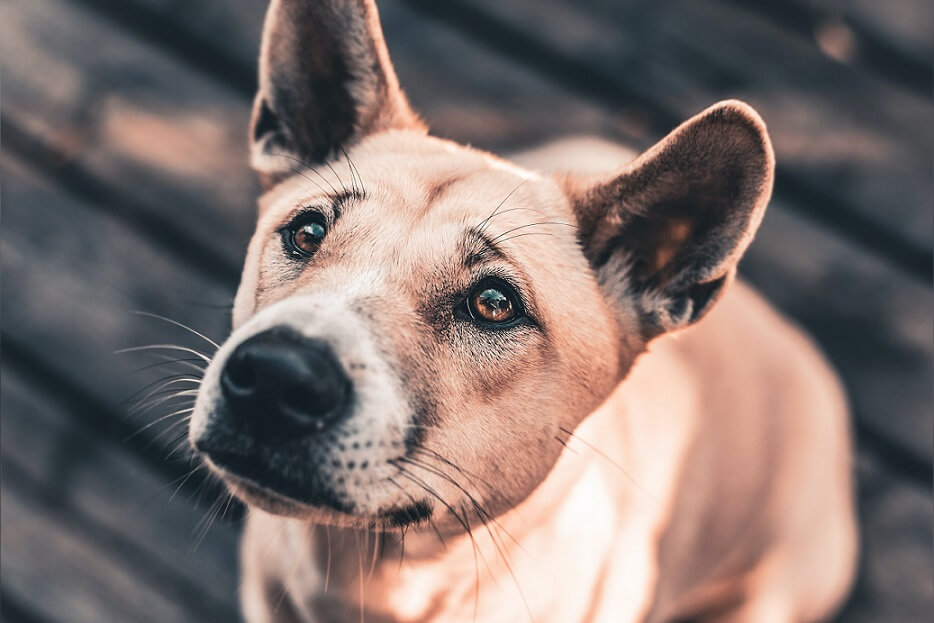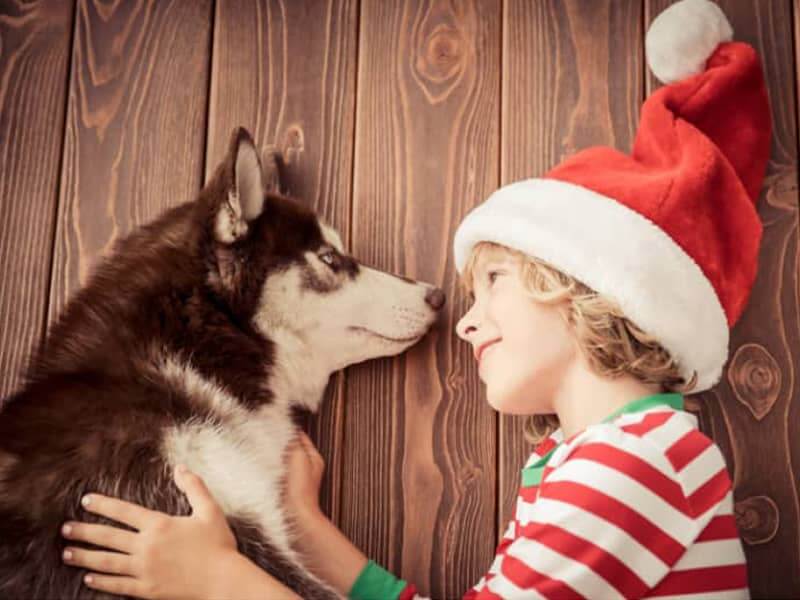How can I tell if my dog has separation anxiety? Separation anxiety in dogs is a very common problem that many owners deal with. There are dogs whose behavior may become excessive barking or destructive when left alone; other dogs get so stressed that it affects their daily lives. Generally, becoming more reserved around people and avoiding situations that could trigger panic attacks.
Those with separation anxiety don’t understand why we leave them behind, but instead feel rejected by us.
You can avoid separation anxiety by reading your dog’s body language. A lot of dogs experience this type of anxiety-and many owners don’t notice until things get worse. You can get around it by watching for cues from your dog’s posture/gait (walk differently), facial expressions, and licking his lips.
My Dog Has Separation Anxiety: Symptoms
When you leave your dog home alone, it can be a tough transition for them. If they suffer from separation anxiety and don’t show much outward signs of their feelings then how will anyone know? Thankfully though – with a few tips on how you can prevent this problem in future!
- Screaming or barking at the door as you prepare to go outside.
- The act of chewing on furniture or other objects.
- They clean up after themselves or establish their territory by peeing or urinating.
- Walking in a circular or straight-line pattern.
- Elevated heart rate, panting, or drooling are signs of psychological discomfort.
- There will be an eagerness to welcome you back to your homeland.
When you leave the house for an extended period of time, it’s important to get your dog something that will keep them busy and happy. Toys, games, and puzzles are always a good idea, especially puzzles are recommended as they provide mental stimulation which can help with anxiety issues when left alone by themselves in their crate or room.
Separation Anxiety Common Signs In Certain Dog Breeds.
Separation anxiety is not limited to specific breeds. But, research indicates that some breeds are much more sensitive to separation anxiety than others. These are some examples:
A German Shepherd Dog
The German Shepherd is an active and tough breed. The breed’s primary purpose was to herd sheep and protect flocks from predators, so it was bred to retain those abilities. This type of breed loves being around his owner but can become anxious when left alone for too long or during stressful situations such as boarding travels – which may lead you down the path towards training methods that solve this issue by teaching them how best handle their feelings through motivational feeding toys , playtime treats etc..
Australian Sheepdog
Herding dogs are not designed to be left alone or stranded, which makes separation anxiety more likely in these breeds.
Aussies suffer from this condition just like other working dogs would if they spent most of their time away from their owners when needed. Whether an Australian Shepherd is with another pet companion or not, he or she needs lots of attention; otherwise, destructive behavior may develop.
Retriever, Labrador
Labrador Retrievers are known to be among the most loyal dogs out there, but even they can’t handle being abandoned or stranded in their natural place. It is common for Labradors to exhibit signs of depression when they are not communicated with frequently enough by their owners. To address this issue, you should implement some basic measures into your daily routine so your dog feels more at home and more confident.
The Border Collie
An energetic working and sporting dog, the Border Collie has a lot of energy to burn. It is very crucial for this breed to engage in mental activities to avoid becoming bored or depressed if they have nothing to do but sit around. So there should always be something interesting happening around the house – like agility training props\sessions (they love it!).
The Cocker Spaniel
There is a tendency for Cocker Spaniels to have separated anxiety due to their nature, which has been reported in many cases to be a characteristic. They are known to be loyal and affectionate animals.
Separation anxiety may sometimes cause your Cocker to poop or pee in your home while you’re away and if he’s really distressed, he may throw up.
The Bichon Frise
Bichons are the type of dog that will follow you around all day. They’re friendly and caring dogs who love their owners unconditionally. This is why it’s not uncommon for them to suffer from separation anxiety when left alone at home or on vacation without their favorite person in sight. Alternatively, you can leave toys and the TV or radio on to distract them while you are away, which can help solve this problem.
The King Charles Cavalier Spaniel
The Cavalier King Charles is a beautiful, intelligent breed that has been bred to be the perfect pet. Although they are loyal and loving, with an adventurous streak, they can suffer from anxiety if left on their own for too long or if given minimal attention by humans who fail to realize the importance of socializing during their crucial time in life (8-10 weeks), as well as mental exercise on a regular basis.
The German Shorthaired Pointer
German Shorthaired Pointers require constant engagement and cooperation while being trained. This breed is a hunting dog that was bred to work for extended periods of time with their owners. The name comes from how tightly these particular breeds stick onto pointer position – like really freeze themselves in place! Due to their high energy level, these dogs need plenty of exercise to avoid separation anxiety. A lack of exercise can lead to neurotic barking, hyperactivity, and destructive chewing. If their minds aren’t allowed some time to rest, they will act out!
What Is Separation Anxiety In My Dog? 6 Warning Signs To Be Aware Of
The bond between a human and their dog is unlike any other. Dogs are loyal family members that never leave your side, which can sometimes lead them into some tough situations like separation anxiety when they develop an unhealthy attachment with their owner or caregiver(s). The next section will explore what signs may indicate your furry friend suffers from this condition. It will also explore how to treat it so both parties have long happy lives together!
1. Barking
If you hear your dog barking or yelling when you leave the house or if your neighbors or landlord complain about excessive barking, your dog may have separation anxiety. If your dog barks constantly without any apparent reason apart from your absence, something is amiss.
2. Drooling
The normal situation of drooling is when you are eating or have a bloodhound as a pet. But if your dog is covered in saliva when you return home from an errand, it may have separation anxiety.
3. Shadow Dogs
You should always avoid having your dog follow you around the house or become your shadow if at all possible. Shadow dogs will follow you everywhere. They will often sit close to you and put their weight on you. Separation anxiety is strongly indicated by this sign.
4. Accidents In The House
During separation anxiety, canines exhibiting this behavior may leave nasty surprises around the house, similar to cats. Another way of putting it is that their stress and frustration are reflected in the objects around them.
5. Redecorating
You’re right, Apparently they are redecorating! It’s mentioned that some dogs would wreak havoc if left alone for a long time. There is usually some sign that your pet is either fleeing or stressed out.
6. Destroying Stuff
Ripping things apart for “fun” is acceptable, but it’s also a dog’s way of expressing himself. This could be separation anxiety if it occurs when going abroad or immediately after returning from a trip.
How Can I Deal With My Dog Separation Anxiety?
Following are some methods to help ease your dog’s separation anxiety:
- Make sure your dog gets enough exercise before you leave the house.
- For distraction, leave the television or music on.
- Leave your dog behind for no more than 4 hours at a time.
- As a rule, leave your dog in his place if you’re not around.
- Keep your departure from the house as calm as possible.
- Give him a variety of toys, puzzles, and games to play with.
- Consult a professional dog trainer to deal with your dog’s separation anxiety.
You can use some of the above suggestions to make your pet’s time away more bearable. Your dog’s anxiety and fear will begin to disappear.
Time And Patience Can Overcome Separation Anxiety In Dogs.
If you believe that your dog is suffering from separation anxiety, it’s important to take steps to address the issue as soon as possible. There are many different ways to help dogs overcome their fear of being alone, but the best approach will vary depending on the individual pet. With patience and perseverance, most dogs can be taught to feel comfortable when left alone. By working with a professional or by doing some research on your own, you can help your furry friend live a fuller, happier life.











